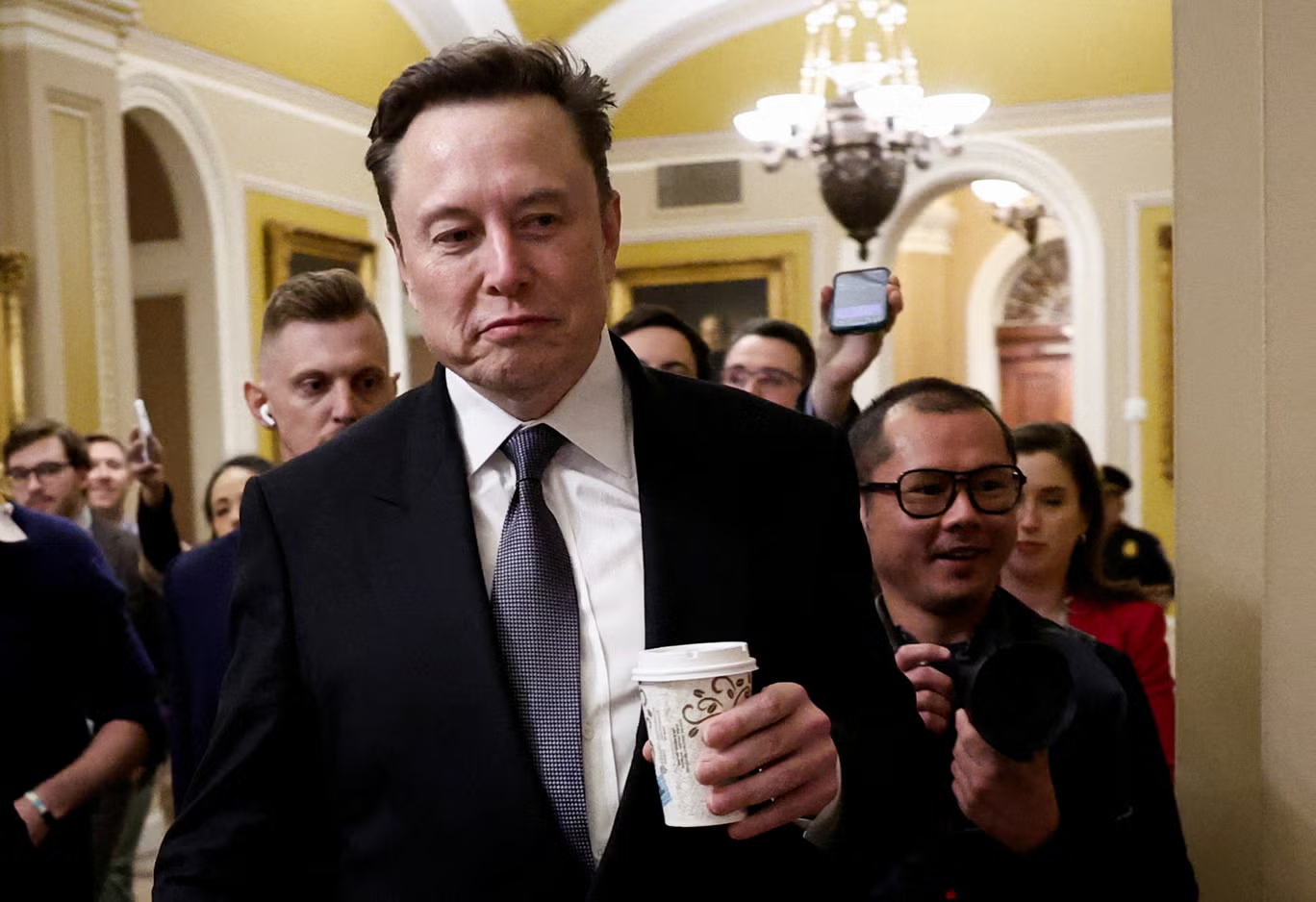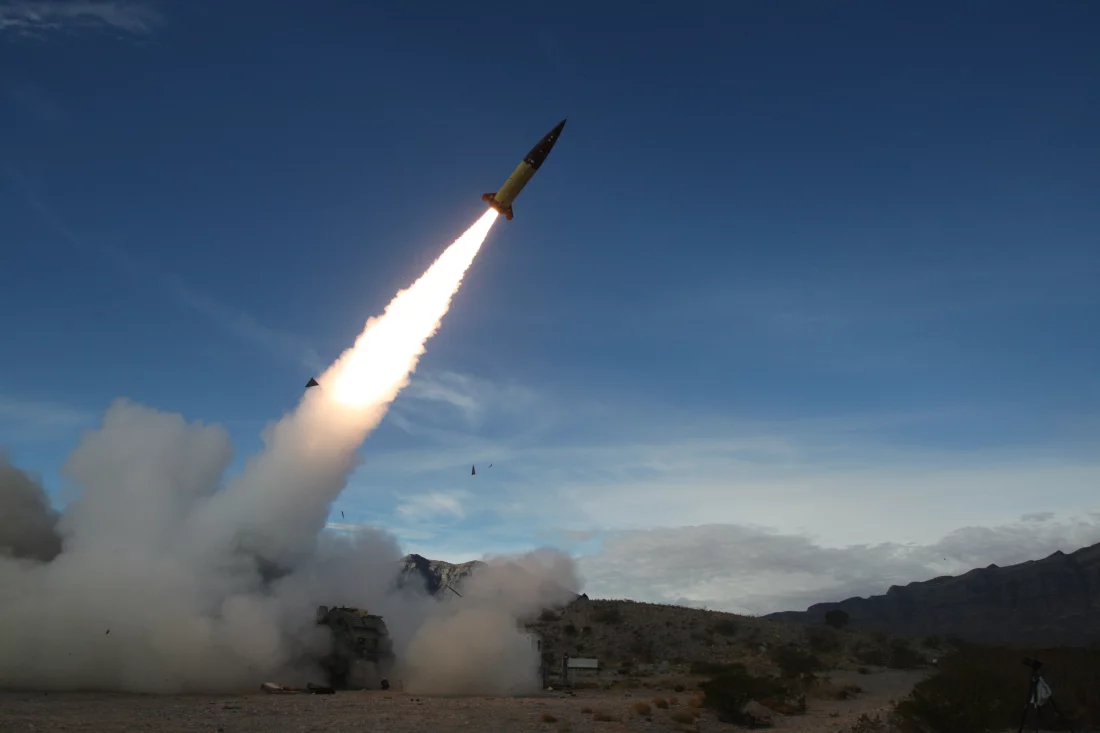U.S. Policy Shift Allows Ukraine to Target Russian Territory
For the first time, President Joe Biden has authorized Ukraine to use American long-range weapons to strike targets inside Russian territory. This pivotal decision signals a major shift in U.S. policy, reflecting growing support for Ukraine’s defense against Russia’s invasion.
ATACMS Deployment Marks Strategic Expansion
The missiles, known as the Army Tactical Missile System (ATACMS), boast a range of approximately 190 miles. These advanced weapons enable Ukraine to hit critical Russian assets such as weapons stockpiles, airfields, and logistical centers. By targeting these locations, Ukraine aims to halt Russian advances and disrupt attacks on Ukrainian cities.
According to a U.S. official, who requested anonymity, Ukraine is authorized to use these missiles against targets in the Kursk region. This area recently saw the deployment of 10,000 North Korean troops, further escalating tensions in the region.
A Reversal in U.S. Strategy
The Biden administration had previously resisted allowing Ukraine to use American weapons against Russian territory, fearing it would escalate the conflict. However, growing concerns about Russia’s relentless aggression and Ukraine’s urgent need for advanced weaponry led to the policy shift.
In the spring, the U.S. confirmed it had sent ATACMS to Ukraine with the stipulation that they only be used within Ukrainian borders. The new authorization now expands Ukraine’s strategic options, though reports suggest the number of ATACMS missiles available is limited.
Impact on the Battlefield
Military experts believe this move, while significant, may not drastically alter the course of the war due to the limited supply of long-range missiles. A Capitol Hill source noted that Ukraine has already been effectively using drones for cross-border strikes. However, the inclusion of ATACMS provides a more potent and precise tool for targeting key Russian infrastructure.
British officials are expected to follow suit, granting Ukraine permission to use Storm Shadow missiles on Russian territory. These missiles, which can travel up to 155 miles, contain U.S. components and required American approval for expanded use.
Zelenskyy Welcomes New Capabilities
Ukrainian President Volodymyr Zelenskyy has long advocated for access to more advanced weaponry. In his nightly address, he emphasized the importance of long-range strikes in achieving victory. “Missiles will speak for themselves,” he remarked, signaling the readiness to deploy these weapons.
Zelenskyy’s push for a U.S. policy change has been ongoing for months. With the new authorization, Ukraine can enhance its ability to counter Russian aggression and protect its infrastructure.
Russia Responds with Escalation
On the same day the U.S. decision became public, Russia launched one of its largest attacks on Ukraine since the war began. According to Zelenskyy, Russian forces fired 210 missiles and drones, primarily targeting Ukraine’s energy infrastructure and critical facilities.
This assault underscores the high stakes of the conflict and the potential risks of further escalation as Ukraine gains more advanced weaponry.
Potential Consequences of the Policy Shift
The decision to allow strikes inside Russia raises questions about how the conflict might evolve. Critics worry about potential retaliation from Moscow, while others argue the move strengthens Ukraine’s position and demonstrates unwavering U.S. support.
By targeting key facilities, Ukraine aims to disrupt Russian military operations. However, the broader implications of this expanded military capability remain uncertain, particularly as tensions in the region continue to rise.
Limited Stockpile of ATACMS Missiles
Despite the authorization, Ukraine’s access to ATACMS missiles remains constrained. Reports indicate that Ukraine has already used some of these missiles on domestic targets. Military analysts believe that while the weapon’s precision is a game-changer, the limited quantity may reduce its overall impact.
Additionally, the U.S. and its allies are likely to carefully monitor how the missiles are deployed, ensuring compliance with agreed-upon terms.
British Cooperation Adds to Ukraine’s Arsenal
The United Kingdom’s Storm Shadow missiles add another layer of capability to Ukraine’s arsenal. These missiles, which require U.S. approval for use due to shared components, further expand Ukraine’s ability to conduct cross-border strikes.
This cooperation between the U.S. and its allies reflects a unified approach to supporting Ukraine while maintaining control over how advanced weaponry is used.
A Shift in Global Perception
The authorization of long-range strikes inside Russia marks a turning point in how the West supports Ukraine. It highlights a growing recognition of the need to counter Russia’s aggression decisively. However, this shift also raises concerns about potential escalation and the risks of broader regional conflict.
A Calculated Gamble
President Biden’s decision to allow Ukraine to use American long-range missiles inside Russian territory represents a significant escalation in Western support. While this move bolsters Ukraine’s defensive capabilities, it also introduces new risks and uncertainties.
As the war enters a new phase, the balance between providing support and avoiding escalation becomes increasingly delicate. With Russia ramping up its attacks and Ukraine gaining more advanced tools, the stakes have never been higher.
This pivotal moment will likely shape the trajectory of the conflict and the global response to Russian aggression in the months to come.











